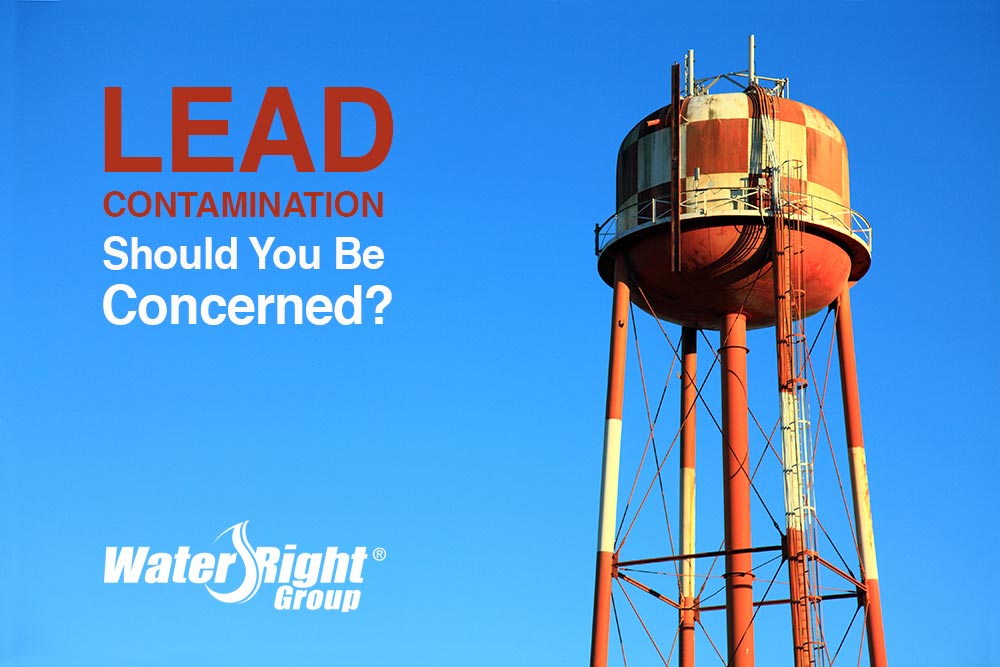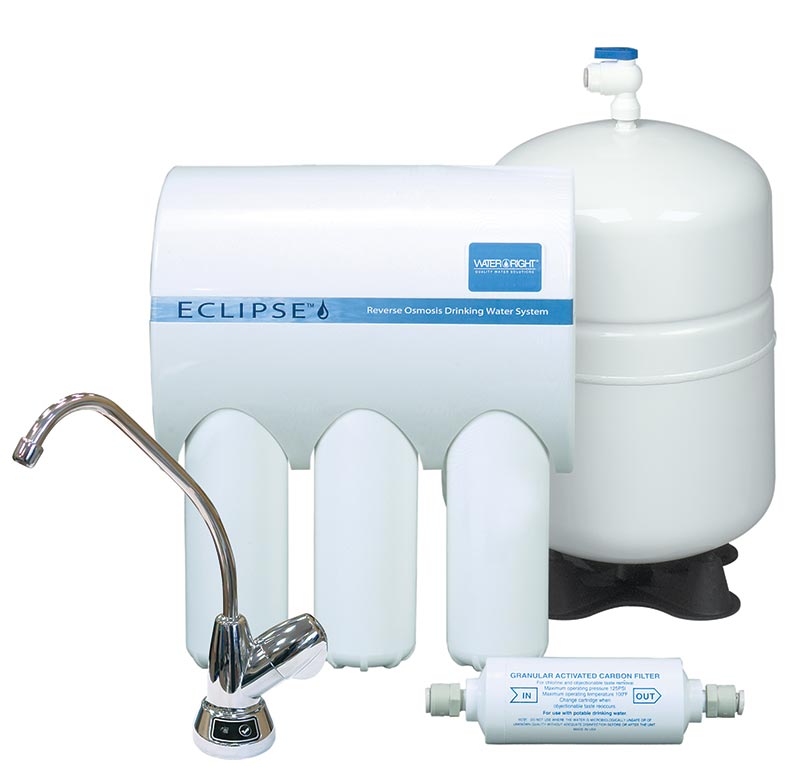
Is There Lead Contamination in Your Water and How to Test For It
If you’ve kept a close eye on current events in 2016, you no doubt heard the story of the water crisis in Flint, Michigan.
The city dealt with a serious lead contamination issue after starting to use highly corrosive river water, which caused unsafe levels of lead to leach into the public supply. That situation raised concerns over water quality and lead contamination around the country.
You may be wondering if you need to be worried about the water in your city and home.
We turned to Michael Hanten, lab director and general manager at Water-Right’s Clean Water Testing facility, to get some answers.
The first thing Hanten says people should realize about lead in drinking water is while it can certainly be an issue, it’s nothing new. Plus, the situation in the United States is improving over time, not getting worse.
“Lead has been used in water infrastructure for many years,” he explains. “There’s been decreasing amounts of lead in our drinking water systems for decades now. It’s no bigger of an issue than it was before Flint, Michigan. ”
So Hanten’s advice is not to freak out about lead contamination, although it is smart to be aware of the problem and ask questions if you have concerns.
When the Flint, Michigan, crisis was making headlines, Water-Right’s Clean Water Testing center was getting a lot of extra calls from homeowners with questions, including from some people in Flint.
However, Hanten says there’s only been a slight increase in the number of residential lead tests his lab has actually performed.
On thing Hanten has noticed is an increase in monitoring of lead levels in drinking water from school systems. Some schools are taking additional steps to ensure the health and safety of students and staff.
What’s the Situation in Your Hometown?
When asked who needs to worry about lead contamination, and whether the problem tends to stem from a municipality’s infrastructure or a homeowner’s plumbing, Hanten says it all depends.
“Some municipalities have completely eliminated lead, while others have a lot of lead mains still in their systems,” he says. “It depends on the infrastructure of the municipality. You can go down to the street level and it depends on the infrastructure of that street.”
When concerned residents call Hanten and ask about lead in city water, he usually suggests they start by requesting official reports from their city’s water authority. The Safe Drinking Water Act sets standards for quality and requires the release of an annual Consumer Confidence Report (CCR).
These reports will provide details on lead levels in your city’s water supply. Visit the Environmental Protection Agency’s website to find out how to get your CCR.
The Importance of ‘Made in America’ Fixtures
Lead contamination may occur in the home because of outdated plumbing and solder containing lead.
Your fixtures can also cause problems. Hanten says he’s constantly educating homeowners on the risk of saving a few bucks at popular home improvement stores.
“If you buy fixtures like kitchen sinks or bathroom sinks at a big box store, and those fixtures are being imported from China, foreign manufacturers don’t have to meet the same regulations that U.S. manufacturers have to maintain,” Hanten explains. “There can be lead in those fixtures, and there is lead in those fixtures.”
This is why you may find it’s more expensive to get a sink from a licensed plumber. These professionals are required to follow rules prohibiting the use of fixtures containing lead, so they won’t use cheaper products. On the other hand, foreign-made fixtures available in stores are not subject to the same regulations.
When and How to Test for Lead in Your Water
Hanten says Clean Water Testing happily provides services to homeowners who want to take things into their own hands. They will mail you a lead testing kit, which you can send back for an evaluation that costs less than $40.
Click here to order a lead testing kit and view other kits and packages that are available.
There are certain ways a home’s water should be collected in order to get reliable results. Clean Water Testing lists its own set of instructions when collecting samples for a lead and copper test.
Hanten thinks one of the positives to come out of the Flint, Michigan, crisis is that officials are discussing better ways to test water for lead contamination.
Currently, the EPA only requires the test to come from the kitchen sink. However, there are many factors that can affect the levels found in a test.
Typically, people are advised to use the “first draw method.” This involves flushing a sink by running cold water for five minutes, and then letting the water sit overnight. A sample is collected first thing in the morning in order to capture water that’s been sitting in the pipes for at least six hours. That gives lead time to potentially leach from the plumbing into the water.
The problem is, this sample only collects water that’s been sitting in the sink’s plumbing, and lead may come from other places.
Hanten says one of the options officials are examining is taking multiple samples from different locations over a period of time.
“That way you get a snapshot of what the kitchen sink is giving you, what the plumbing in the house is giving you, what the lateral line from the main to your house is giving you, and what the main line in the street is giving you,” he explains.
Get Extra Peace of Mind with a Reverse Osmosis System
One way to enjoy safer water in your home is to have a reverse osmosis (R.O.) system installed. This type of water treatment is very effective at reducing contaminants, including lead.
Hanten calls it an ideal solution for many homeowners.
“It’s got to be properly maintained, but an R.O. filters out so much and does so much that I have hard time not recommending one to people for their drinking water.”
You can learn more about how reverse osmosis works as well as the benefits of R.O. water here on the Water-Right blog.



